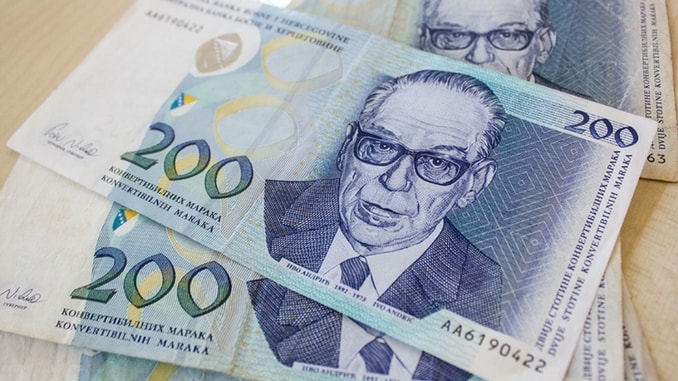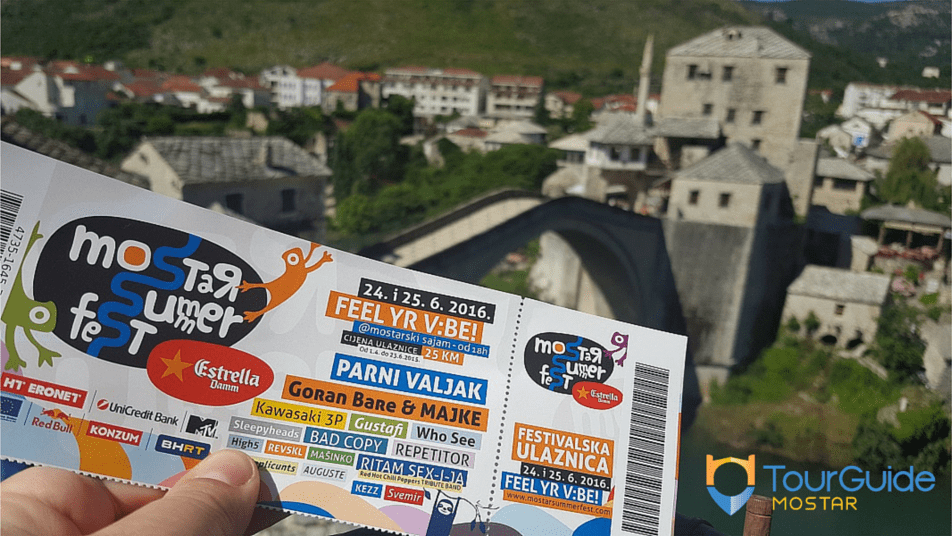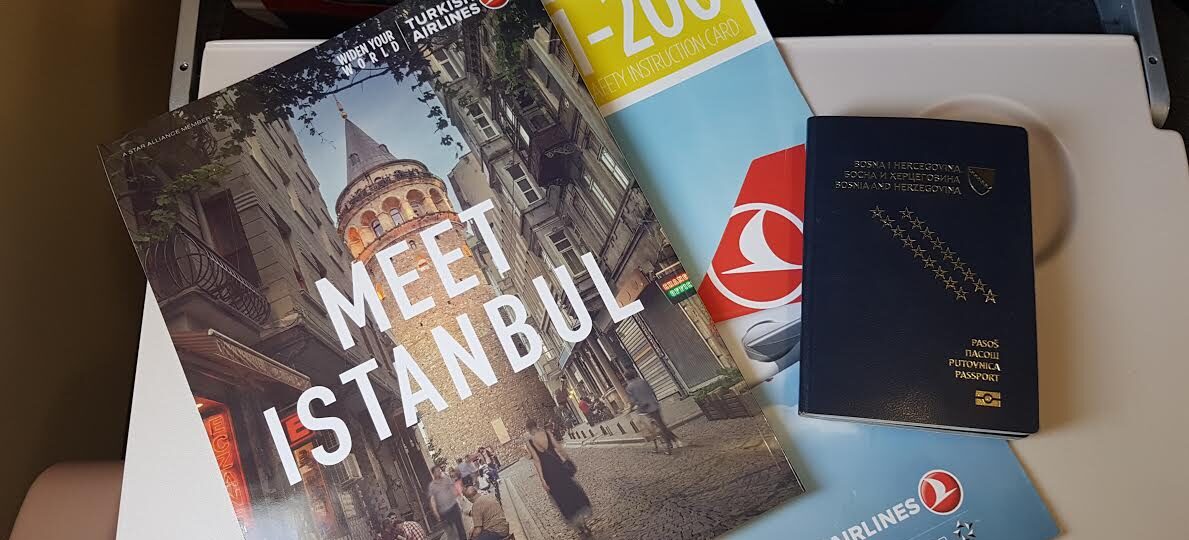Located on the Balkan Peninsula in southeastern Europe, the region of Bosnia and Herzegovina is a place of rich historical background and leftovers of past civilizations.
In case you have missed it, read our previous article – 10 interesting facts about Bosnia and Herzegovina you need to know.
The Bosnia and Herzegovina convertible mark the currency of Bosnia and Herzegovina. It is divided into 100 pfenigs or fenings (Bosnian: pfenig/пфениг / fening/фенинг; Serbian: pfenig/пфениг; Croatian: pfenig), and locally abbreviated KM.
The convertible mark was established by the 1995 Dayton Agreement. It replaced the Bosnia and Herzegovina dinar, Croatian kuna and Republika Srpska dinar as the single currency of Bosnia and Herzegovina in 1998. Mark refers to the German mark, the currency to which it was pegged at par.
What about the name convertible mark?
The names derive from the German language. Three official languages in Bosnia and Herzegovina (Bosnian, Serbian and Croatian) have adopted German nouns die Mark and der Pfennig as loanwords marka and pfenig. The Official Gazette of BiH (Bosnian: Službeni glasnik BiH), Official newspaper of FBiH (Bosnian: Službene novine FBiH) and other official documents recognized pfenig or пфениг (depending on the script; Bosnian and Serbian use both Latin and Cyrillic on an equal footing, while Croatian uses only Latin) as the name of the subdivision.
Banknotes of 50 fenings/pfenigs were in circulation from 1998 to 2000.
They were denoted as “50 KONVERTIBILNIH PFENIGA” / “50 КОНВЕРТИБИЛНИХ ПФЕНИГА”; however, the word convertible should never be next to the pfenig because only the mark can be convertible.
Coins of 10, 20 and 50 pfenigs have been in circulation since 1998[1] (the 5-pfenigs coin was released in 2006).
All of them are inscribed “~ feninga” / “~ фенинга” on the obverse. Misspelling fening/фенинг has never been corrected, and it took that much hold that is now officially adopted and not recognized as an incorrect name.
What about the coins?
In December 1998, coins were introduced in denominations of 10, 20 and 50 fenings/pfenigs. Coins of 1, 2 and 5 marks were introduced later.
The coins were designed by Bosnian designer Kenan Zekic and minted at the Royal Mint in Llantrisant (Wales, UK).




